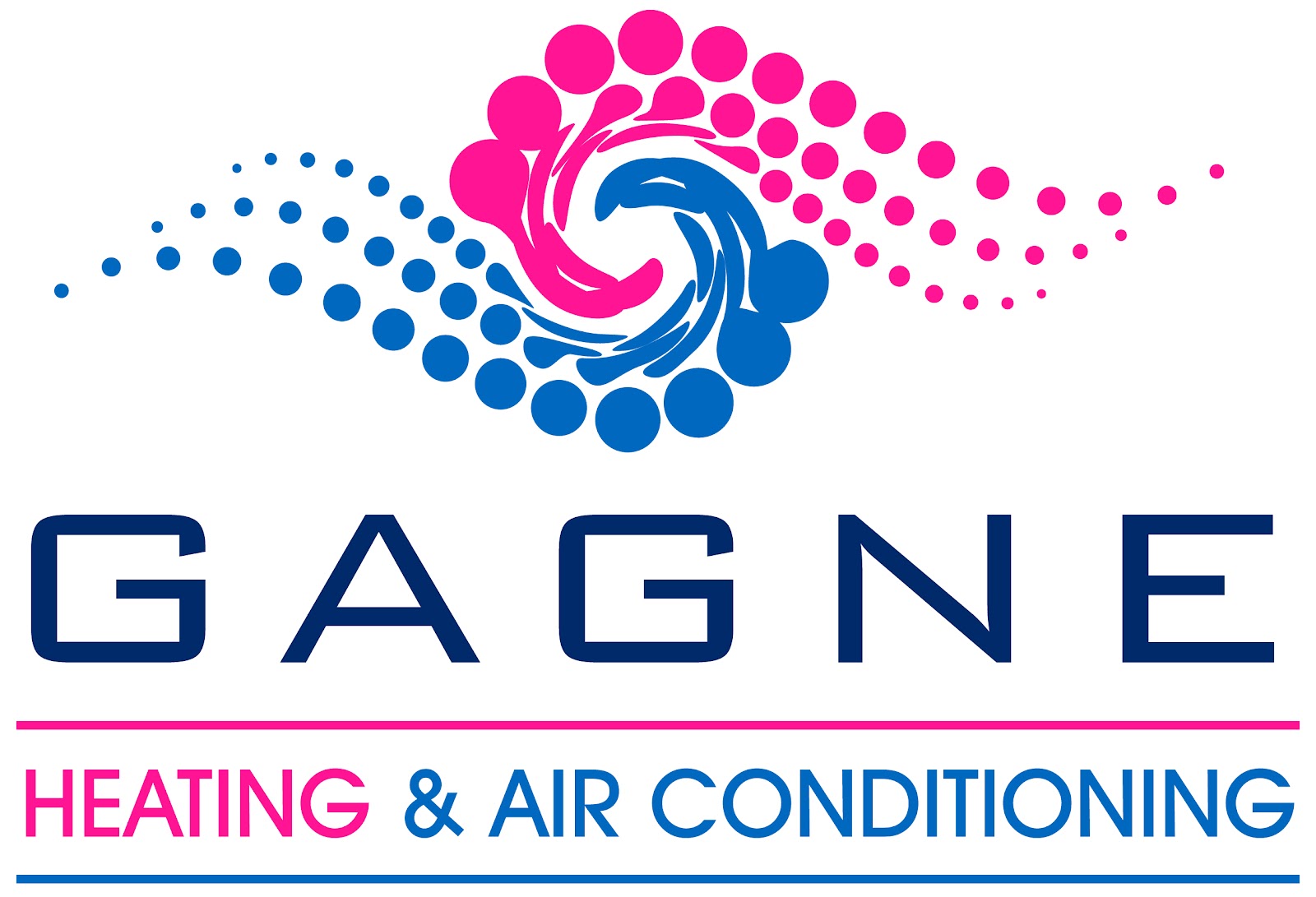It’s the time of year that tax returns start coming in, and for a lot of families that means considering updates to their home. If you’re considering updating your furnace or other appliances, you may be wondering if purchasing an Energy Star qualified product is worth the extra money and time required to weigh your options.
Here, we’ll break down the Energy Star Label and discuss when purchasing Energy Star appliances can make financial sense, especially when you’re looking at HVAC products.
About Energy Star
The Energy Star label is over 20 years old, started in 1992 by the government as a way for consumers to easily identify and purchase energy-efficient products that could offer energy savings without sacrificing on features, performance, and comfort.
Over the years, the Energy Star label has expanded to a wide array of products, including everything from water heaters to vending machines. In addition, new homes, commercial buildings, and industrial plants can also receive the Energy Star label if they pass energy efficiency standards.
For products to receive the Energy Star label, they must meet the following requirements, including the following:
- The product must have the features and performance expected by consumers, as well as increased product energy efficiency
- Consumers of the product must be able to recover their investment in utility bill savings in a reasonable amount of time, if the product costs more than regular products on the market
- The energy consumption and performance of the product must be verified and measured through testing.
HVAC Energy Star Products
There are a wide range of Energy Star HVAC products, including:
- Furnaces
- Boilers
- Geothermal heat pumps
- Air conditioners
- Other products like air purifiers and dehumidifiers
According to the EPA, nearly half of the average homeowner’s utility bill goes to the heating and cooling of the home – that’s around $1,000 a year. Since heating and cooling make up such a large chunk of the energy bill, HVAC Energy Star products have the potential for big energy savings for a home.
If, for example, your central air unit is more than 12 years old, the EPA estimates that replacing your unit with an Energy Star model could cut your cooling costs by 30%. But not all air units or furnaces may be worth replacing; it all depends on the age of the furnace and your energy use. The American Council for an Energy Efficient Economy has calculators that you can use for both heating and cooling systems to assess if your current system is worth replacing.
While Energy Star products can cost more upfront, they can eventually pay for themselves, especially if it’s an HVAC system that’s fairly dated. If you’re interested in learning more about Energy Star qualified HVAC products, you should talk to an experienced technician from Gagne Heating and Cooling. We can give you the ins and outs of available Energy Star products and help you make the decision on which air conditioning unit (www.gagneac.com/carrier-ac-specialists) is best for your situation.
